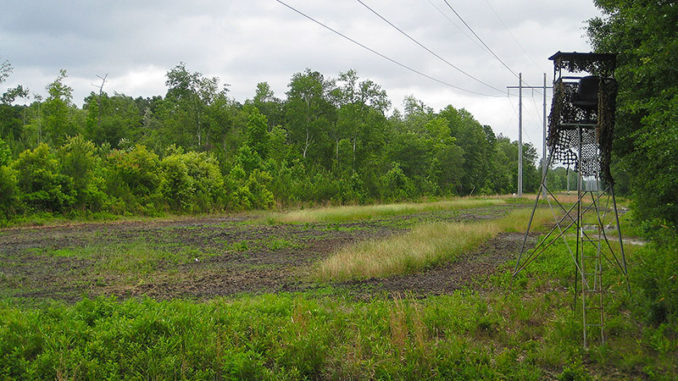
Every hunting property isn’t created equal by a long stretch from agriculture fields, swamps, clearcuts, and forests in various stages of growth.
Deer, turkey, and various species of small game will adapt to inhabit about whatever cover type is available to use for foraging, resting, building nests, and just spending their daily travels. While most habitats are typically observed in a natural state, some properties are bisected by un-natural utility corridors in the form of gas lines, power lines, and other types of utility appurtenances.
But these utility corridors aren’t always detriments to a property. In fact, they can offer wildlife foraging opportunities and an excellent place for hunters to incorporate into their hunting regime.
Utility corridors bisect a lot of properties. Sometimes the impacts for utility corridors are minor. Other times the corridors can be quite large and extensive. And they don’t discriminate where and what types of natural communities they pass through. They can pass through woodlands, swamps and fields and all of the above. Their benefits will often outshine any perceived detrimental aspects, especially for hunters.
Utility corridors experience routine vegetative maintenance to keep trees and heavy vegetative growth at bay. As a result, these areas are perpetually maintained in an early successional state. This provides benefits for deer, turkey, and small game.
Wildlife havens
Early successional growth provides a seasonally available food source and cover resource for deer and other wildlife. The corridors also provide a stratified edge on either side that is preferred by most species of wildlife for feeding, perching, and for cover.
Often, portions of these corridors are tucked away from roadways and other types of routine human exposure. They are essentially perpetual forest openings without any lingering dangers from man.
Utility corridors are used by about all wildlife and can often set up hunters with superb places to encounter game one way or the other. It can be deer, turkeys, rabbits, and even ducks when the corridors pass through flooded swampland habitats. But they are most often used by hunters to erect a prime deer stand or set up on a gobbling Tom during the spring season.
Utility corridors are practically what the doctor ordered for wild turkeys. They just love them and hunters love when their next hunting property has one already in place – especially the large and wide ones that pass through large sections of woodlands and swamplands. These provide ideal places for turkeys to attract mates during the spring breeding season. And what hunter wouldn’t fall in love with one of these sites during hunting season?
Perfect for food plots
Hunters can use utility corridors just as they are. But one of the best uses of them is for construction of new food plots. Most utilities found within these areas are subterranean and deep in the soil or dangling 100 feet overhead. Regardless, the characteristics of food plots by using shallow tilling and light disking will rarely disturb the intended uses of these areas.
Food plots can be established easily in these corridors as well, since all the heavy lifting has already been completed years prior. Large trees or stumps are rarely rooted in these corridors since most were cleared many years ago. And the maintenance companies perform routine mechanical vegetation control. Minor bushhogging followed by several passes with a tiller or tractor disk is all that is needed to mechanically prepare the soil for the new food plot.
Utility corridors are often viewed as detrimental features on a property, but for the hunter that has experience with these features on their lands, they would strongly disagree.
 Don’t forget waterfowl:
Don’t forget waterfowl:
Utility corridors like this powerline add waterfowl to the menu of species that hunters can take advantage of, thanks to this clearing splitting two wooded areas that ducks will surely utilize in their travels.

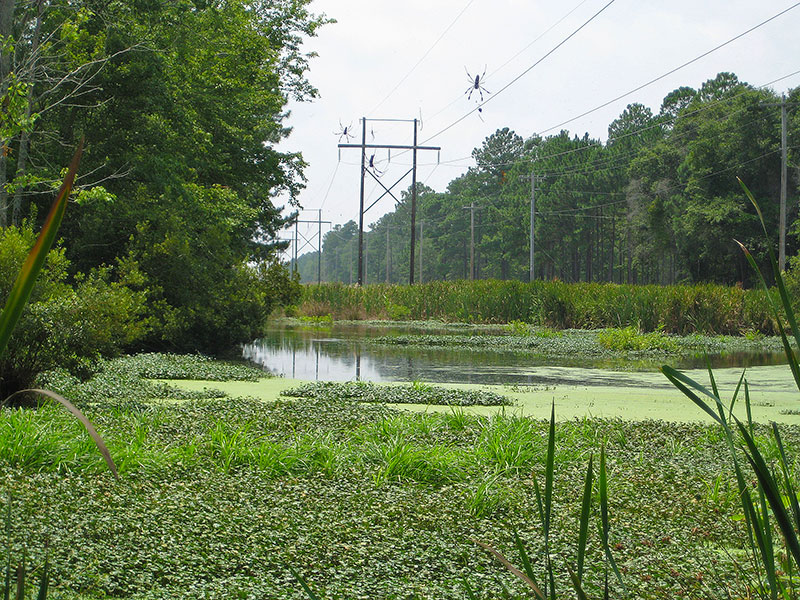
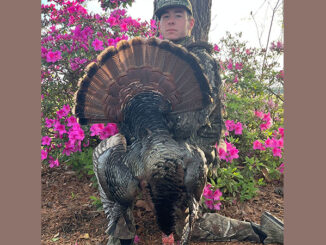
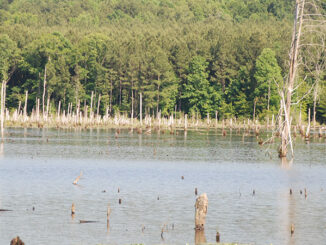
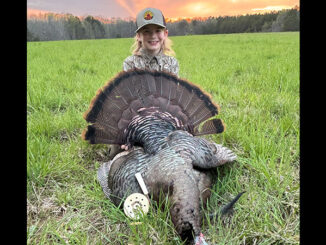

Be the first to comment